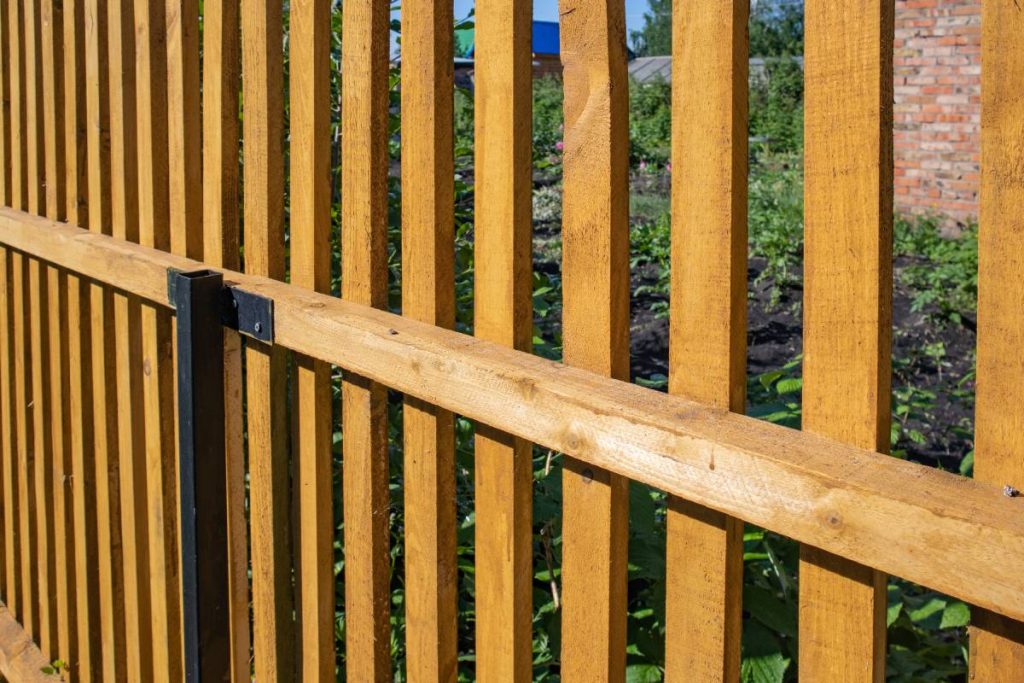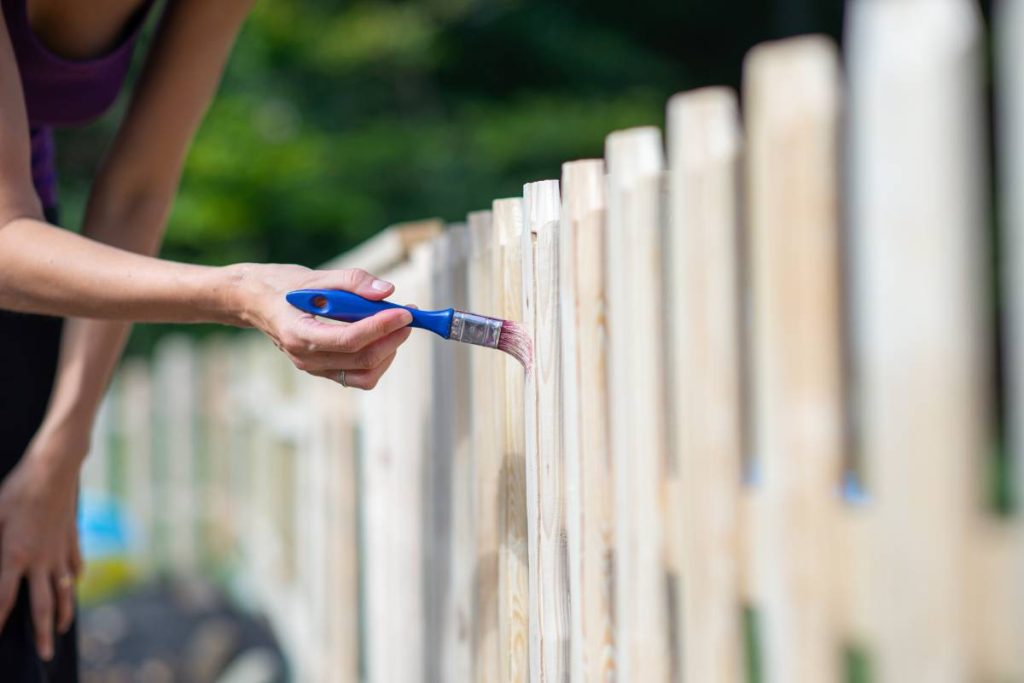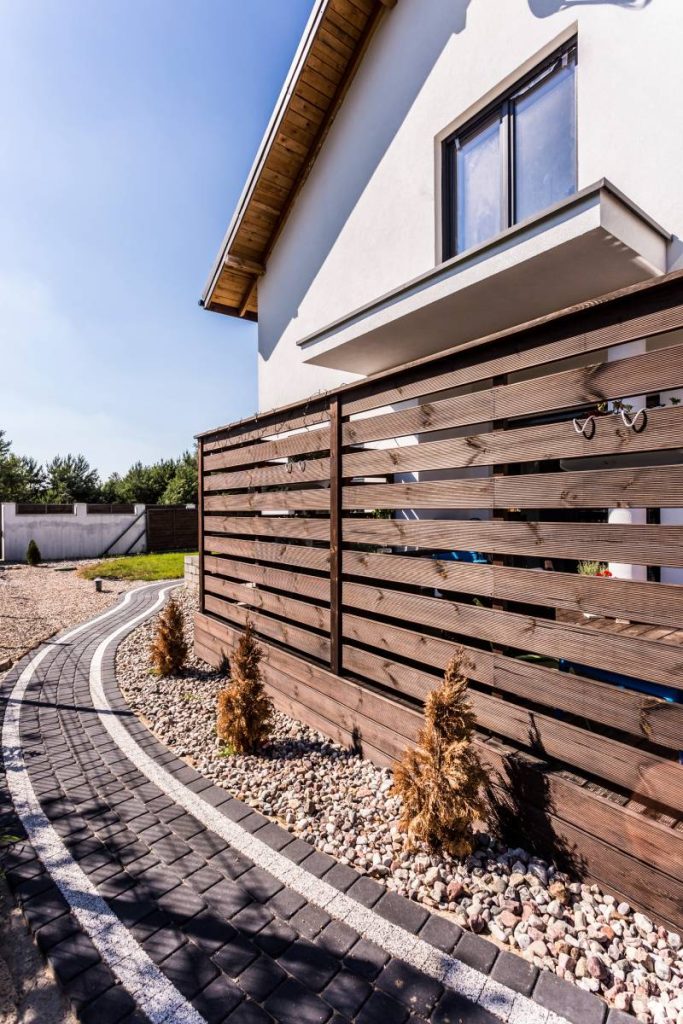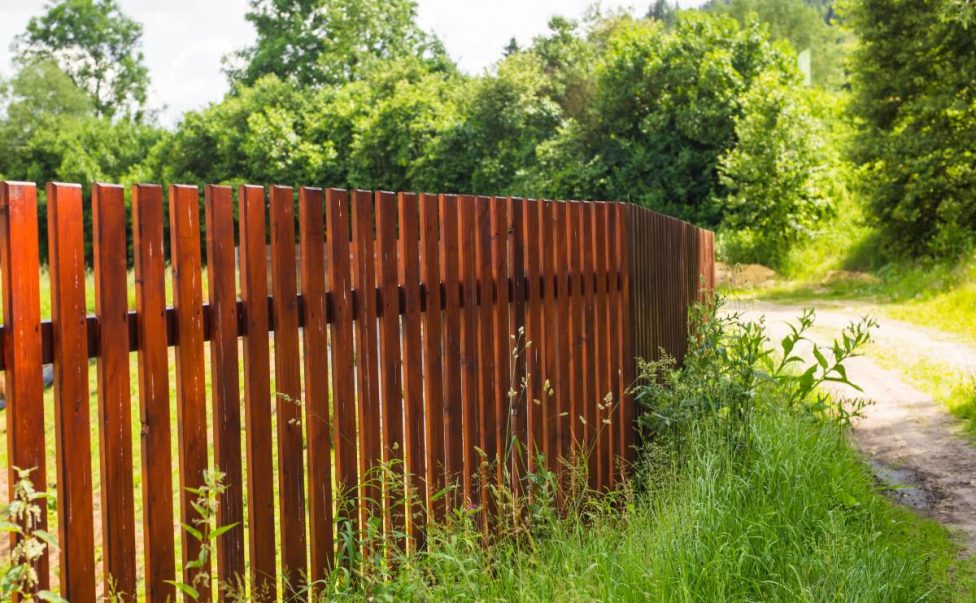What is timber fencing? How long does timber fencing last? What are the best types of timber fencing for climates in Australia?
Timber fencing stands as a timeless choice for property owners seeking both functionality and aesthetic appeal. Across the diverse landscapes of Australia, where climates range from tropical to temperate and everything in between, selecting the right type of timber fencing requires careful consideration.
In this article, we explore four key types of timber fencing and their suitability for different Australian climates. From the rugged coasts to the arid outback, understanding the best options for each environment can help homeowners and businesses make informed decisions about their fencing needs.
What is timber fencing?
Timber fencing, also known as wood fencing, is a type of fencing constructed primarily from wooden materials. It’s a popular choice for residential, commercial, and agricultural properties due to its natural aesthetic, versatility, and relatively low cost.
Timber fencing can come in various styles, including picket, privacy, split rail, and post-and-rail designs. The type of wood used for timber fencing can vary, with popular options including cedar, pine, spruce, and redwood. Different wood species offer varying degrees of durability, resistance to rot and insects, and aesthetic appeal.
Installation methods for timber fencing also vary depending on the design and preferences of the property owner. Some timber fences are erected using posts set directly into the ground, while others may involve attaching panels to existing structures or frames.
Overall, timber fencing provides a classic and natural look while offering functionality in terms of privacy, security, and property delineation. However, it does require regular maintenance, such as staining or sealing, to prolong its lifespan and keep it looking its best.

How long does timber fencing last?
The lifespan of timber fencing can vary widely depending on several factors:
- Type of Wood: Different wood species have varying levels of durability and resistance to decay and insects. For example, cedar and redwood are naturally more resistant to decay and insect infestation compared to pine or spruce.
- Treatment: Treated timber fencing, which has been pressure-treated or chemically treated to resist decay, can last significantly longer than untreated wood. Treatment helps protect the wood against moisture, rot, and insect damage.
- Climate and Environment: The climate and environmental conditions where the fence is installed can impact its lifespan. Fences in wet, humid climates or areas with a high insect population may deteriorate more quickly than those in drier or more temperate regions.
- Maintenance: Regular maintenance, such as staining, sealing, or painting, can extend the lifespan of timber fencing by protecting it from the elements. Neglecting maintenance can lead to premature deterioration and reduce the fence’s longevity.
In general, well-maintained timber fencing can last anywhere from 10 to 30 years or more. However, untreated wood in harsh conditions may only last around 5 to 10 years before showing signs of deterioration. Opting for high-quality wood, proper treatment, and diligent maintenance can help maximize the lifespan of timber fencing.

How many types of timber fencing
There are several types of timber fencing, each with its own design, purpose, and aesthetic appeal. Here are some common types:
- Picket Fencing: Picket fences are characterized by their upright pickets, typically spaced evenly apart. They often have a charming, traditional look and are commonly used for decorative purposes or to mark property boundaries in residential areas.
- Privacy Fencing: Privacy fences are taller and designed to provide privacy and security by obstructing the view from the outside. They typically consist of closely spaced vertical boards without gaps between them.
- Split Rail Fencing: Split rail fences are constructed from rough-hewn or sawn timber rails that are typically stacked horizontally between upright posts. They have a rustic appearance and are often used for agricultural or decorative purposes.
- Post-and-Rail Fencing: Post-and-rail fences feature horizontal rails attached to vertical posts. They come in various configurations, such as two-rail, three-rail, or even four-rail designs, and are commonly used for property delineation in rural or suburban areas.
- Stockade Fencing: Stockade fences are similar to privacy fences but have a more solid construction, with overlapping vertical boards nailed or stapled onto horizontal rails. They provide enhanced privacy and security and are commonly used in residential and commercial settings.
- Lattice Fencing: Lattice fences incorporate crisscrossed panels or diagonal slats into their design, creating an open, decorative pattern. They are often used as decorative elements in gardens or to provide partial privacy while still allowing some airflow and visibility.
- Board-on-Board Fencing: Board-on-board fences feature overlapping vertical boards on both sides of the fence, providing complete privacy and a seamless appearance from both sides. They are popular for residential properties seeking privacy and aesthetics.
These are just a few examples of timber fencing types, and variations exist within each category. The choice of fencing type often depends on factors such as the desired level of privacy, aesthetic preferences, budget, and the specific requirements of the property.
What are the best types of timber fencing for climates in Australia?
In Australia, where climates can vary significantly from region to region, selecting the right type of timber fencing depends on factors such as climate, environmental conditions, and desired aesthetics. Here are some timber fencing types that are well-suited for various climates in Australia:

- Cypress Pine Fencing: Cypress pine is a native Australian timber known for its durability and resistance to decay, making it suitable for various climates across the country. It performs well in humid and coastal environments and is naturally resistant to termites, making it a popular choice in many regions.
- Western Red Cedar Fencing: Western red cedar is prized for its natural beauty, lightweight, and resistance to decay and insect infestation. It performs particularly well in cooler climates and is commonly used in regions with temperate weather conditions.
- Treated Pine Fencing: Treated pine is a versatile and cost-effective option for fencing in Australia. It can be pressure-treated with preservatives to enhance its durability and resistance to decay, making it suitable for a wide range of climates, including humid coastal areas and regions with termite activity.
- Ironbark Fencing: Ironbark is a dense and durable Australian hardwood known for its strength and resistance to decay, termites, and weathering. It is well-suited for harsh climates, including areas with high temperatures, intense sunlight, and low rainfall.
- Merbau Fencing: Merbau, also known as Tukwila, is a tropical hardwood native to Southeast Asia that performs well in warm and humid climates. It is highly resistant to decay, termites, and weathering, making it suitable for use in coastal regions and tropical areas of Australia.
- Spotted Gum Fencing: Spotted gum is a durable Australian hardwood known for its strength, durability, and resistance to decay and termites. It thrives in a variety of climates, including coastal areas, and is well-suited for use in fencing where durability is a priority.
When selecting timber fencing for a specific climate in Australia, it’s essential to consider factors such as moisture levels, temperature fluctuations, exposure to sunlight, and the presence of termites or other pests. Additionally, proper installation techniques and regular maintenance can help extend the lifespan of timber fencing in any climate.


